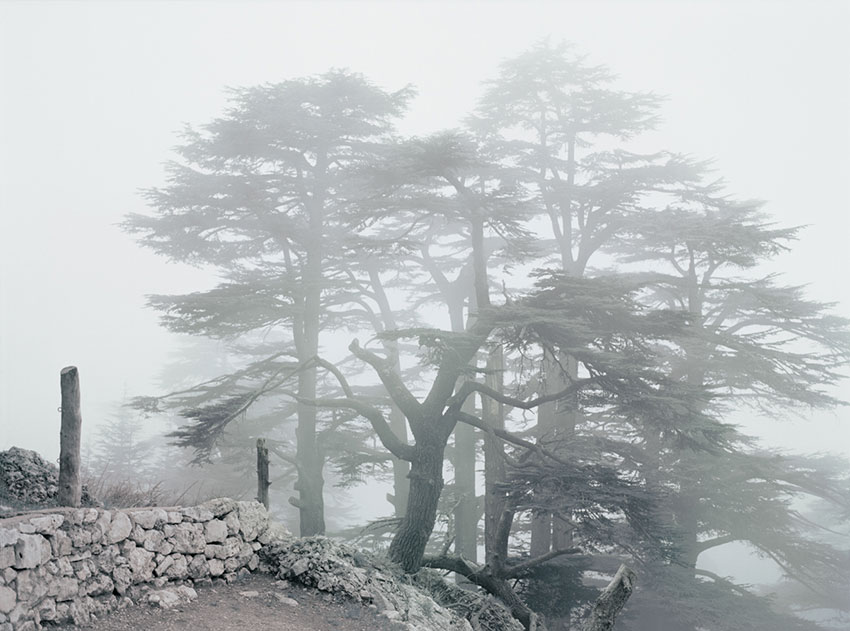
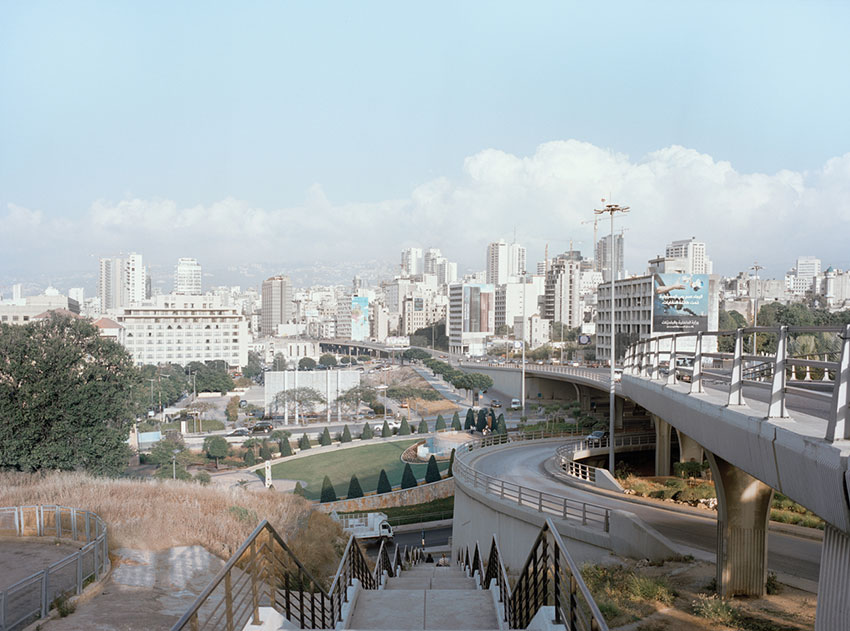
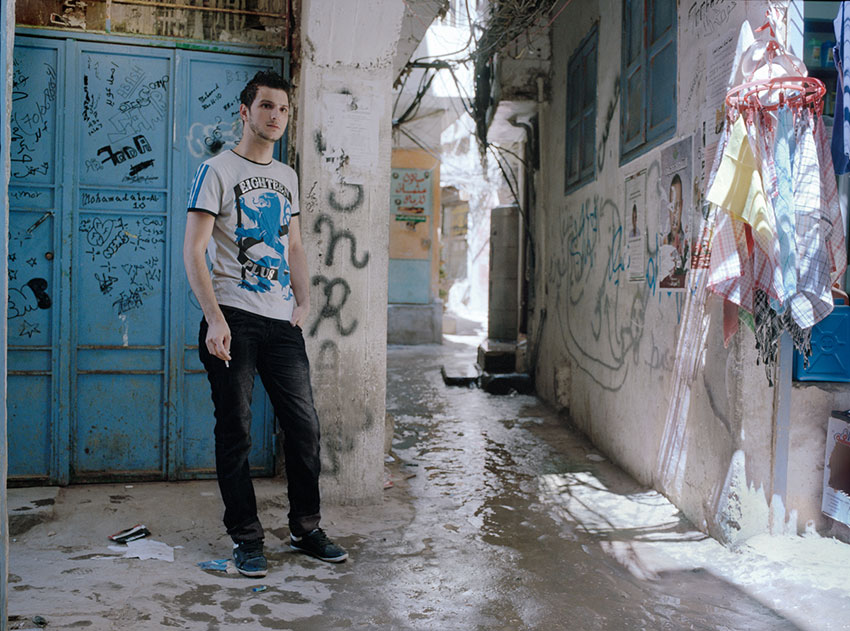
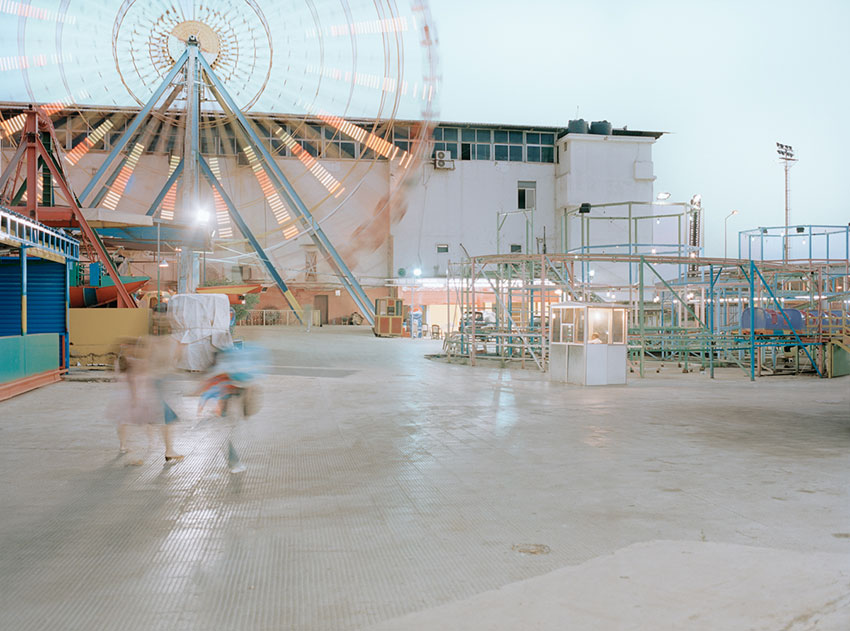
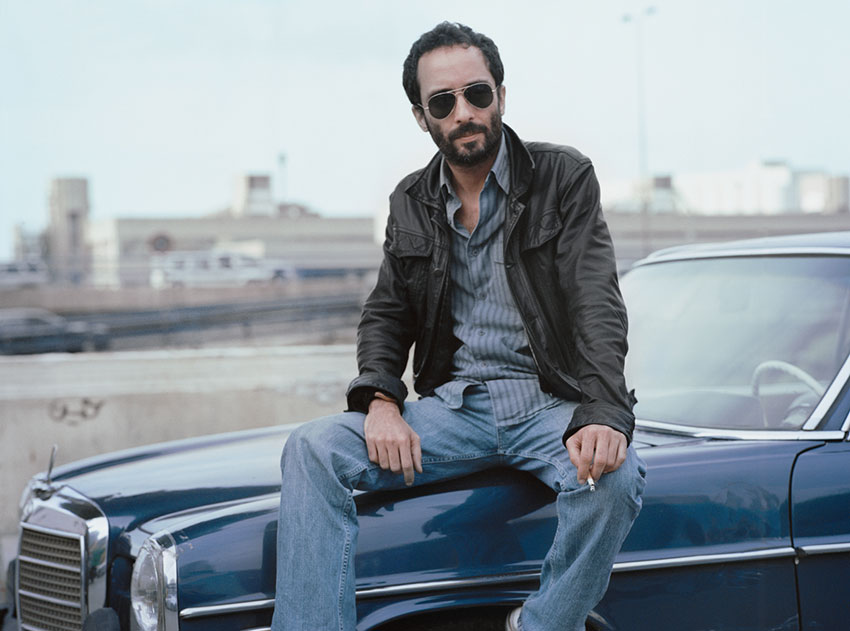
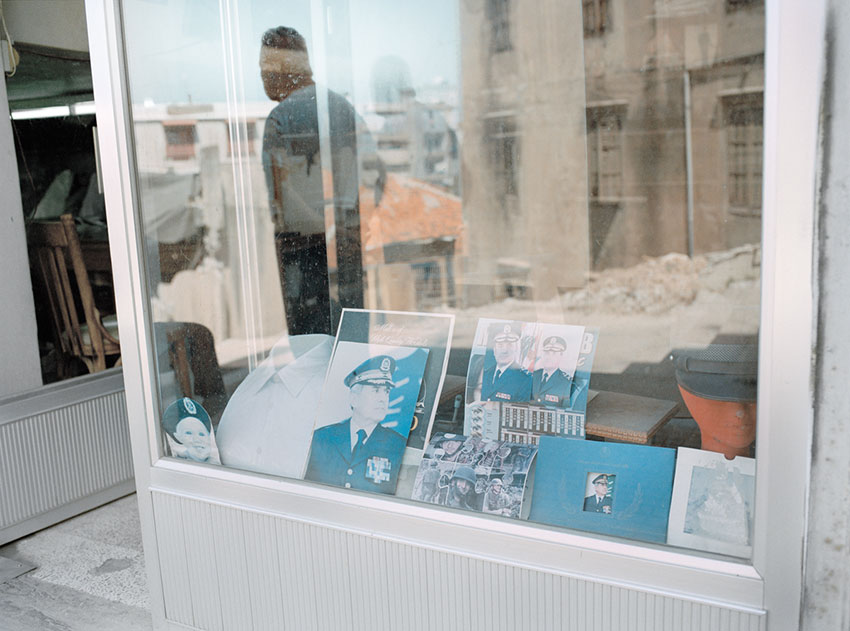





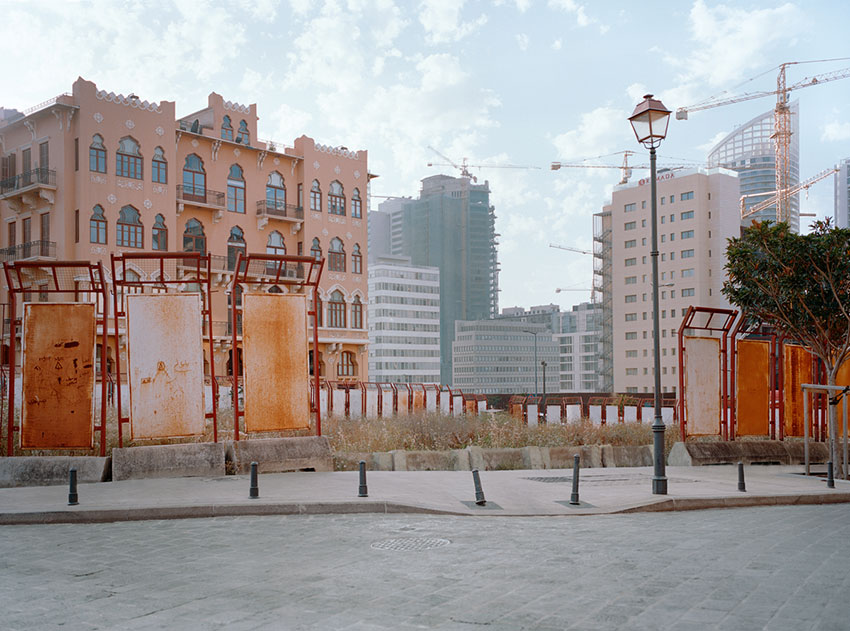









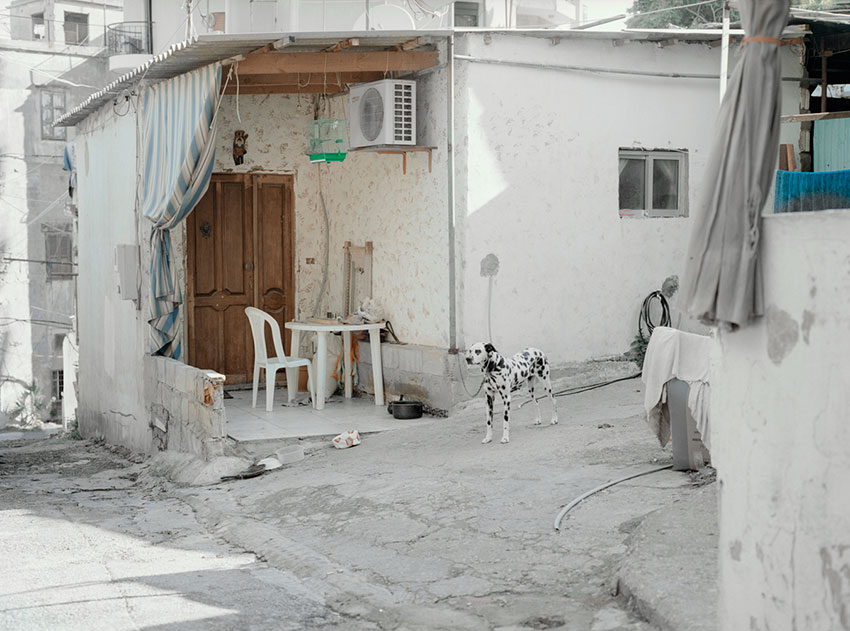

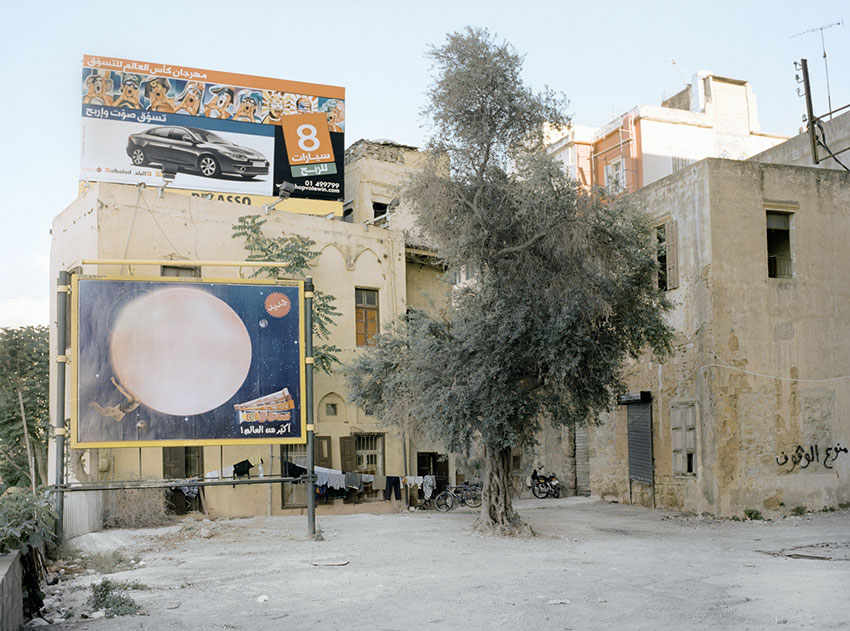
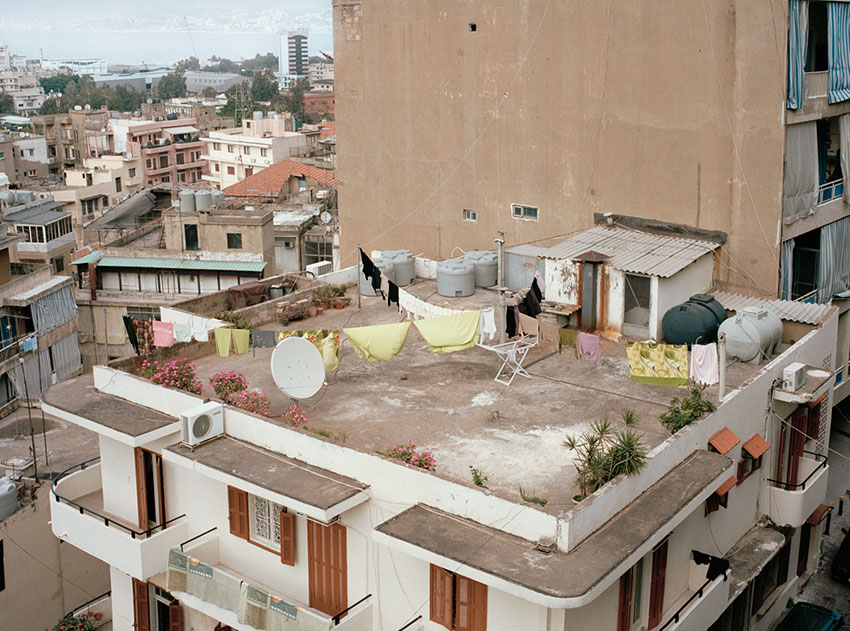
The branches of the cedar tree, outstretched in the chilly mountain air, have an impressive effect. The cedar grows only by a couple of centimeters per year and may get hundreds of years old – if the conditions are ideal. This tree symbolizes the strength and the beauty of Lebanon: Disposing of a total area of 10,452 square kilometers, the Cedar state offers sunny beaches on the Mediterranean as well as snowy skiing regions, dry plateaus, and fruitful valleys. But the cedar is also part of the national flag, where it is a symbol for peace. Finally, it is the pride and joy of the Lebanese people. During the last decades, Lebanon and its people have been characterized mainly by wars and violence. The civil war that ravaged the country for 15 years and the war against Israel in 2006 made the country descend into a state of chaos and reinforced the hostility between the religious groups. In the capital Beirut alone, about two million people belonging to more than 18 religious groups share an area of 100 square kilometers. It is most of all due to the radical shiite Hezbollah that the country is still far from being politically stable. Lebanon is a melting pot of many cultures full of antagonisms. The starting point of my thesis is the question of how the city positions itself concerning matters of both the society and the urban development in 2010, shortly after the end of the war. My photographs document the way the people of Beirut deal with this city as their living environment and the way they help to shape it. Their stories and living situations in their entirety offer an overview of the religious, societal, and social diversity of this city. It is mainly the young who have to take the challenge of creating and shaping Beirut as well as their personal future against the background of the fragile peace. For example, 42,7% (Germany: 24,8%) of the inhabitants are younger than 25 years, they represent a main part of the population in Lebanon. What visions, ideals and role models do these young people have nowadays? How do they intend to shape the future of this war-torn city?
Realized in cooperation with the DAAD.






























